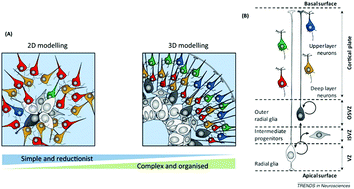Utilizing stem cells for three-dimensional neural tissue engineering
Abstract
Three-dimensional neural tissue engineering has made great strides in developing neural disease models and replacement tissues for patients. However, the need for biomimetic tissue models and effective patient therapies remains unmet. The recent push to expand 2D neural tissue engineering into the third dimension shows great potential to advance the field. Another area which has much to offer to neural tissue engineering is stem cell research. Stem cells are well known for their self-renewal and differentiation potential and have been shown to give rise to tissues with structural and functional properties mimicking natural organs. Application of these capabilities to 3D neural tissue engineering may be highly useful for basic research on neural tissue structure and function, engineering disease models, designing tissues for drug development, and generating replacement tissues with a patient's genetic makeup. Here, we discuss the vast potential, as well as the current challenges, unique to integration of 3D fabrication strategies and stem cells into neural tissue engineering. We also present some of the most significant recent achievements, including nerve guidance conduits to facilitate better healing of nerve injuries, functional 3D biomimetic neural tissue models, physiologically relevant disease models for research purposes, and rapid and effective screening of potential drugs.


 Please wait while we load your content...
Please wait while we load your content...